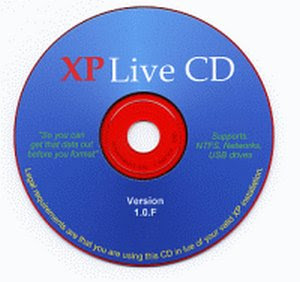1) Mobile Intel® 4 Series Express Chipset Family
1.1 Chipset
http://downloadmirror.intel.com/16023/a08/infinst_autol.exe
1.2 Intel Graphics
http://downloadmirror.intel.com/17115/a08/win2k_xp14364.exe
2) HD Audio, HD Modem and HDMI
At first there is no these devices appear on Device Manager. After using DEVCON.EXE and
follows answertome instructions these device then appear on Device Manager.
The instructions are
-------------------------
create a file start_audio.bat, write on it such string devcon.exe restart "PCI\VEN_8086&DEV_293E" ,
then save it to C:\Documents and Settings\All Users\Start Menu\Programs\Startup
or download it from here http://www.filecloud.com/files/category.php?user_category_id=283210
download the file DEVCON.EXE from microsoft. http://download.microsoft.com/download/1/1/f/11f7dd10-272d-4cd2-896f-9ce67f3e0240/devcon.exe
Unzip the file, you have two folders copy the i386\devcon.exe into c:\windows
Restart
--------------------------
When you see new hardware detected then use these drivers
HDAUDIO\FUNC_02&VEN_11C1&DEV_1040&SUBSYS_103C137E& REV_1002\4&3360655D&1&0101
ftp://ftp.hp.com/pub/softpaq/sp39501-40000/sp39689.exe
audio modem VISTA Agere, OK for XP
HDAUDIO\FUNC_01&VEN_111D&DEV_76B2&SUBSYS_103C30F7& REV_1003\4&3360655D&1&0001
Audio IDT High Definition Audio CODEC Driver
http://www.filecloud.com/files/category.php?user_category_id=283210
when audio works, go into Control Panel, serach the IDT icon,
click on it and dsiable the power management to avoid a noise "click"
HDAUDIO\FUNC_01&VEN_8086&DEV_2802&SUBSYS_80860101&REV_1000\4&21E8FE0E&0&0201
Intel High Definition Audio HDMI service
http://rapidshare.com/files/152289190/HDMI.7z.html
3) Realtek RTL8102E/8111C Family PCI-E Gigabit Ethernet NIC Driver
ftp://210.51.181.211/cn/nic/PCIE_Install_5708_1119.zip
4) Broadcom Wireless LAN
ftp://ftp.hp.com/pub/softpaq/sp39501-40000/sp39912.exe
5) HP Bluetooth software
ftp://ftp.hp.com/pub/softpaq/sp40001-40500/sp40204.exe
Software Support for HP Integrated Module with Bluetooth Wireless Technology
6) Buttons
ACPI\PNP0C32\1
ACPI\PNP0C32\2
ACPI\PNP0C32\3
ACPI\PNP0C32\4
ACPI\PNP0C32\5
ACPI\PNP0C32\6
ACPI\PNP0C32\7
ACPI\PNP0C32\8
Direct Application Launch Button,
http://www.filecloud.com/files/category.php?user_category_id=283210
Add manually the driver from Device Manager
7) Base system peripherals (3 of them) JMB38X Card Reader Host Controller Driver
PCI\VEN_197B&DEV_2382&SUBSYS_30F7103C&REV_00\4&1B3 EBCEA&0&00E4
PCI\VEN_197B&DEV_2383&SUBSYS_30F7103C&REV_00\4&1B3 EBCEA&0&03E4
PCI\VEN_197B&DEV_2384&SUBSYS_30F7103C&REV_00\4&1B3 EBCEA&0&04E4
ftp://ftp.hp.com/pub/softpaq/sp40001-40500/sp40221.exe
 Microsoft is reportedly considering offering Windows 7 on USB thumb drives so that netbook owners can upgrade their machines. The company had planned to offer Windows 7 via DVDs and download, but the proliferation of these optical-drive-lacking machines apparently has Redmond looking for alternative means of distributing its operating system.
Microsoft is reportedly considering offering Windows 7 on USB thumb drives so that netbook owners can upgrade their machines. The company had planned to offer Windows 7 via DVDs and download, but the proliferation of these optical-drive-lacking machines apparently has Redmond looking for alternative means of distributing its operating system. 

























